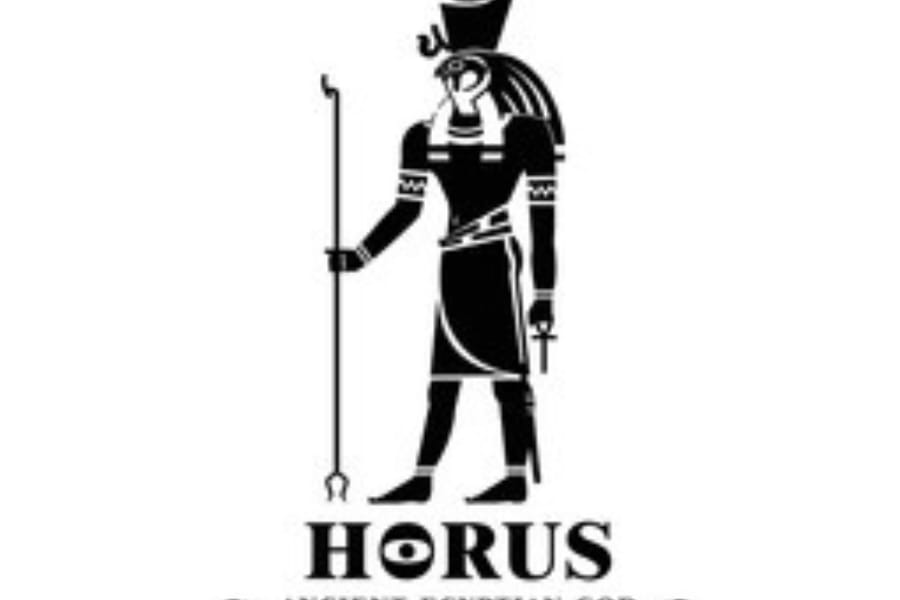The Egyptian God of the underworld: Osiris
Osiris is the most famous Egyptian god of the underworld, ruler of judgment and renewal in the afterlife. In myth and ritual, he stands for life after death, moral order, and the hope of rebirth for every Egyptian.
This guide explores Osiris’s many roles—god of the Egyptian underworld, patron of fertility and agriculture, lord of resurrection—his symbols, worship at Abydos, the murder by Set and restoration by Isis, and how the weighing of the heart defined a just eternity.
Who Is Osiris in Ancient Egyptian Religion?
Osiris was revered as judge of the dead and guarantor of rebirth. Beyond the ancient Egyptian god of the underworld, he also governed agriculture, vegetation, and the life-giving Nile flood—linking the seasonal cycle of crops with human resurrection.
Egyptians believed the righteous reached him for final judgment; through his mercy and order, they entered the blissful Field of Reeds. As bringer of law and civility, he symbolized a kingdom ruled with justice and compassion.
Names & Epithets of the Egyptian God of the Underworld
Ancient titles capture Osiris’s character: Wennefer (“the eternally good/ever-youthful”), Khenty-Imentiu (“foremost of the westerners”), and Neb-Djefau (“lord of offerings”). He was also called the “Lord of Silence” for his association with tombs and the stillness of death.
At Abydos, a sacred processional cult object—often described as a wand or barque emblem—was paraded during festivals, signifying his hidden power and presence among the people.
Iconography & Symbols of Osiris
Osiris is usually shown as a mummified king with green skin (regeneration) and the tall Atef crown flanked by feathers, the uraeus cobra at the brow, and the crossed crook & flail—authority and the fertility of the land. A plaited divine beard marks his immortality, while the djed pillar evokes stability and enduring life.
The Legendary Murder & Resurrection of Osiris
As a just king beloved by his people, Osiris taught agriculture and law, provoking the jealousy of his brother Set. In a banquet ruse, Set trapped him in a fitted chest and cast it into the Nile. Later, Osiris’s body was cut into pieces and scattered.
Through tireless devotion and magic, Isis and her sister Nephthys gathered the parts and revived Osiris long enough for Isis to conceive Horus. Horus would eventually contest Set and restore kingship, while Osiris became the eternal ruler of the underworld.
Osiris in the Afterlife: Judgment & the Field of Reeds
In the Hall of Judgment, hearts are weighed against the feather of Ma’at (truth). With Thoth recording and Anubis tending the scales, Osiris presides: the righteous pass into the fertile Field of Reeds; the unjust face annihilation. Here, his kingship guarantees moral order and the possibility of rebirth.
Star imagery and calendars tied his cult to seasonal timing and temple rites, aligning agricultural renewal with cosmic order.
Worship, Abydos & Renewal Rites
Abydos was a principal cult center, with processions reenacting the god’s passion and triumph. The Khoiak festival marked his rebirth with “Osiris beds” of sprouting grain—visual prayers for Egypt’s fields and for human resurrection.
Devotees carried amulets like the djed and images of Osiris, seeking protection, justice, and safe passage to the afterlife.
Quick Facts about Osiris – Egyptian God of the Underworld
- Domains: underworld, judgment, resurrection, vegetation, Nile flood.
- Family: husband of Isis; father of Horus; brother to Set.
- Symbols: Atef crown, crook & flail, green skin, djed pillar, ankh.
- Cult centers: Abydos (processions), widespread temple rites and funerary texts.
- Also searched as: god of the Egyptian underworld, the Egyptian god of the underworld.
Conclusion
From just king to eternal judge, Osiris embodies Egypt’s promise of renewal. As the Egyptian god of the underworld, he unites moral order, fertile land, and the hope of life after death—truth weighed, fields reborn, and a peaceful eternity in the Field of Reeds.
Walk the Path of Osiris – Egyptian God of the Underworld
Ready to explore the legacy of Osiris, the Egyptian god of the underworld? Visit cult sites, reliefs of the Weighing of the Heart, and museums where his symbols—Atef crown, crook & flail, and the djed—come to life.
- Egypt Tour Packages – curated routes with options to include Abydos & Dendera.
- Nile River Cruises – sail Luxor–Aswan to see funerary temples and Osirian scenes.
- Egypt Day Tours – add-ons for museum visits and Osiris-themed day trips.
FAQ – Egyptian God of the Underworld (Osiris)
Who is the Egyptian god of the underworld?
Osiris—judge of the dead, patron of resurrection and moral order in the afterlife.
What are Osiris’s main symbols?
The Atef crown, green skin, crook & flail, the djed pillar (stability), and the ankh (life).
Who killed Osiris?
His brother Set. Isis restored Osiris and conceived Horus, who later contested Set’s rule.
What happens in the Weighing of the Heart?
Hearts are weighed against the feather of Ma’at; Osiris presides. The righteous enter the Field of Reeds.







